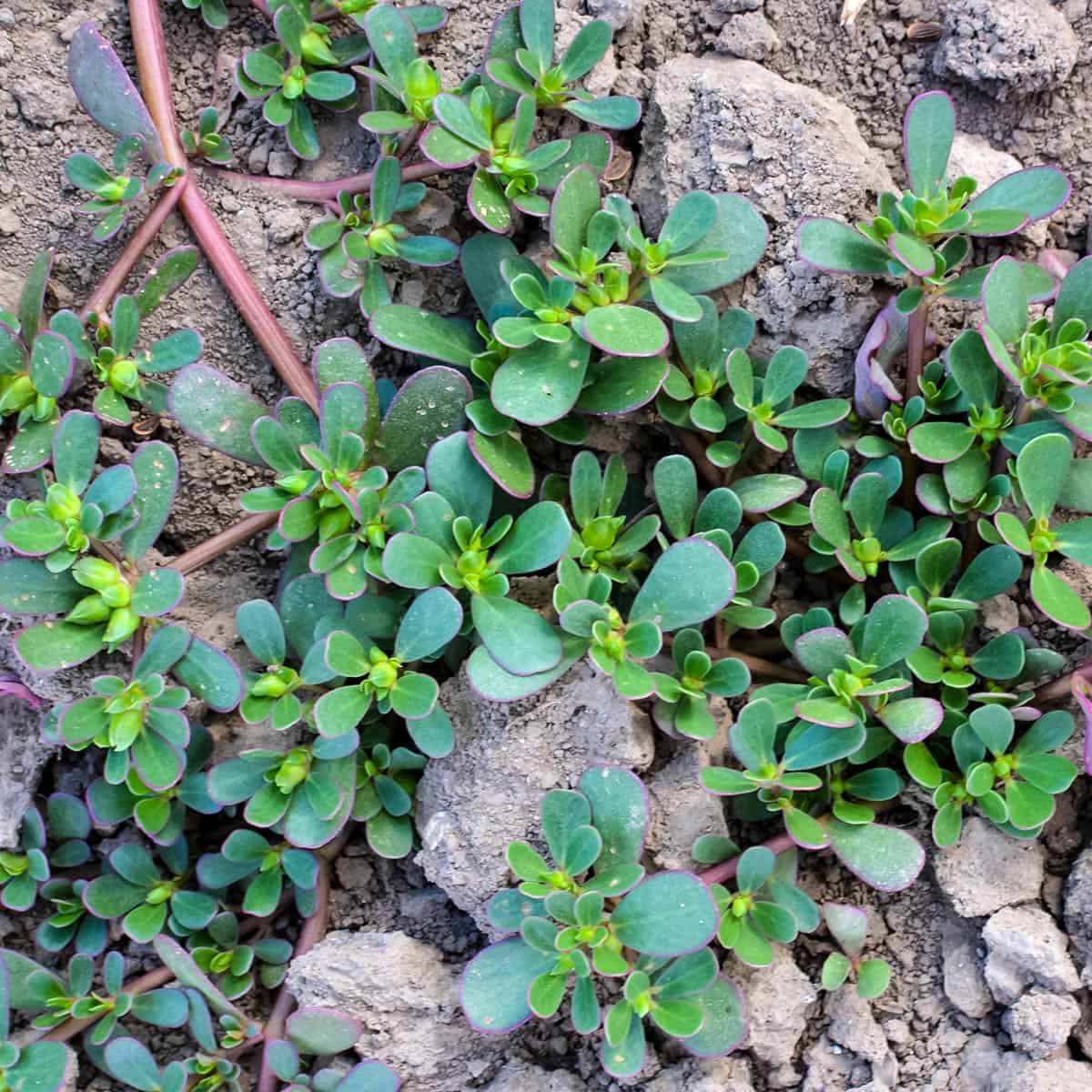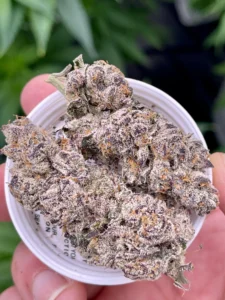Purslane Weed, Purslane weed (Portulaca oleracea) is a common plant that grows in many regions worldwide, often referred to as a weed due to its widespread presence in gardens, lawns, and agricultural fields. While it is often viewed as an unwanted nuisance, purslane has a surprising range of benefits that can make it an asset in some contexts.
Identifying Purslane Weed
Purslane is a low-growing, succulent weed with fleshy, smooth leaves and reddish stems. It typically grows close to the ground and can spread outwards, forming a dense mat. It thrives in a variety of environments, from disturbed soil and sidewalks to garden beds and pastures. Purslane produces small yellow flowers that bloom in summer, but it is the plant’s leaves that are most notable for their nutritional content.
The Nutritional Value of Purslane
Though purslane is commonly labeled as a weed, it is also a highly nutritious plant. In fact, it is considered one of the most nutrient-dense plants, boasting high levels of vitamins and minerals. Some of its key nutrients include:
- Omega-3 Fatty Acids: Purslane is one of the few plant-based sources of alpha-linolenic acid (ALA), an omega-3 fatty acid essential for heart health.
- Vitamins: It contains vitamins A, C, and E, which help with immune function, skin health, and antioxidation.
- Minerals: Purslane provides valuable minerals like potassium, magnesium, calcium, and iron, which support a variety of bodily functions including muscle and bone health.
- Antioxidants: Rich in antioxidants, purslane helps combat oxidative stress in the body, reducing the risk of chronic diseases.
The Edible Benefits of Purslane
One of the most surprising facts about purslane weed is that it is edible. The tender, succulent leaves and stems can be harvested and eaten raw or cooked. In many cultures, purslane is considered a delicacy, often added to salads, soups, stews, or even used as a garnish. Its mild, slightly sour flavor makes it a versatile addition to various dishes.
In fact, purslane has been used for centuries in traditional medicine and cuisine, particularly in Mediterranean and Middle Eastern regions. It is also a staple in some Asian countries, where it is incorporated into stir-fries, rice dishes, and herbal remedies.
Purslane as a Weed
Despite its culinary and nutritional benefits, purslane is often regarded as a weed in gardens and fields due to its rapid growth and aggressive nature. It can quickly spread across the soil, outcompeting other plants for water, nutrients, and sunlight. For gardeners and farmers, purslane can be a troublesome plant that requires constant management to prevent it from overtaking valuable crops or ornamental plants.
Purslane typically thrives in warm, sunny conditions and can even tolerate drought, making it a hardy weed in many environments. Its ability to regenerate from small fragments of stems or leaves means it can be difficult to completely eradicate once it has taken root.
How to Control Purslane Weed
For those who view purslane as a weed, controlling its spread is essential. There are several methods to manage purslane in your garden or lawn:
- Hand-Pulling: Since purslane has shallow roots, it can be easily pulled out by hand. It’s best to do this before the plant flowers and produces seeds, as it can reproduce rapidly.
- Mulching: Applying a thick layer of mulch around plants can help prevent purslane from sprouting by blocking sunlight and suppressing seed germination.
- Using Herbicides: If hand-pulling is not enough, herbicides can be used. However, care should be taken to use herbicides that are safe for surrounding plants, especially in organic gardens.
- Solarization: For larger areas, solarization, which involves covering the soil with plastic to trap heat, can be effective in killing purslane seeds and roots.
Conclusion
Purslane weed is a plant that is often dismissed as a mere nuisance, but it offers many benefits, especially when viewed from a nutritional and culinary perspective. Whether used in salads, soups, or as a health supplement, purslane is a remarkable weed that proves to be more than just a garden intruder. For those willing to look beyond its reputation as a weed, purslane may become a valuable, edible addition to their backyard or meal plan.
Whether you’re trying to control its spread or embracing its benefits, understanding purslane weed can turn this seemingly ordinary plant into an extraordinary one.
You Might Also Like These:



